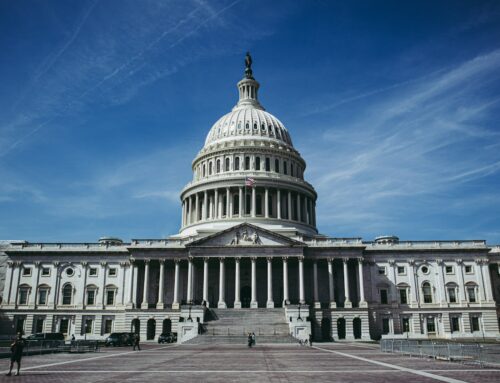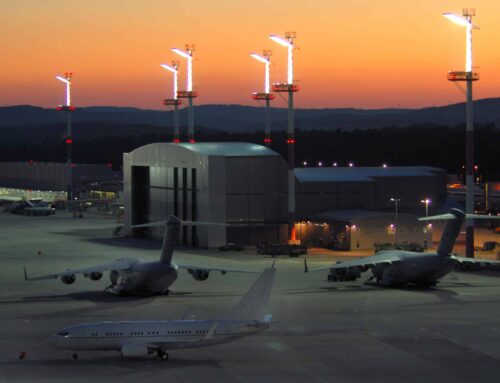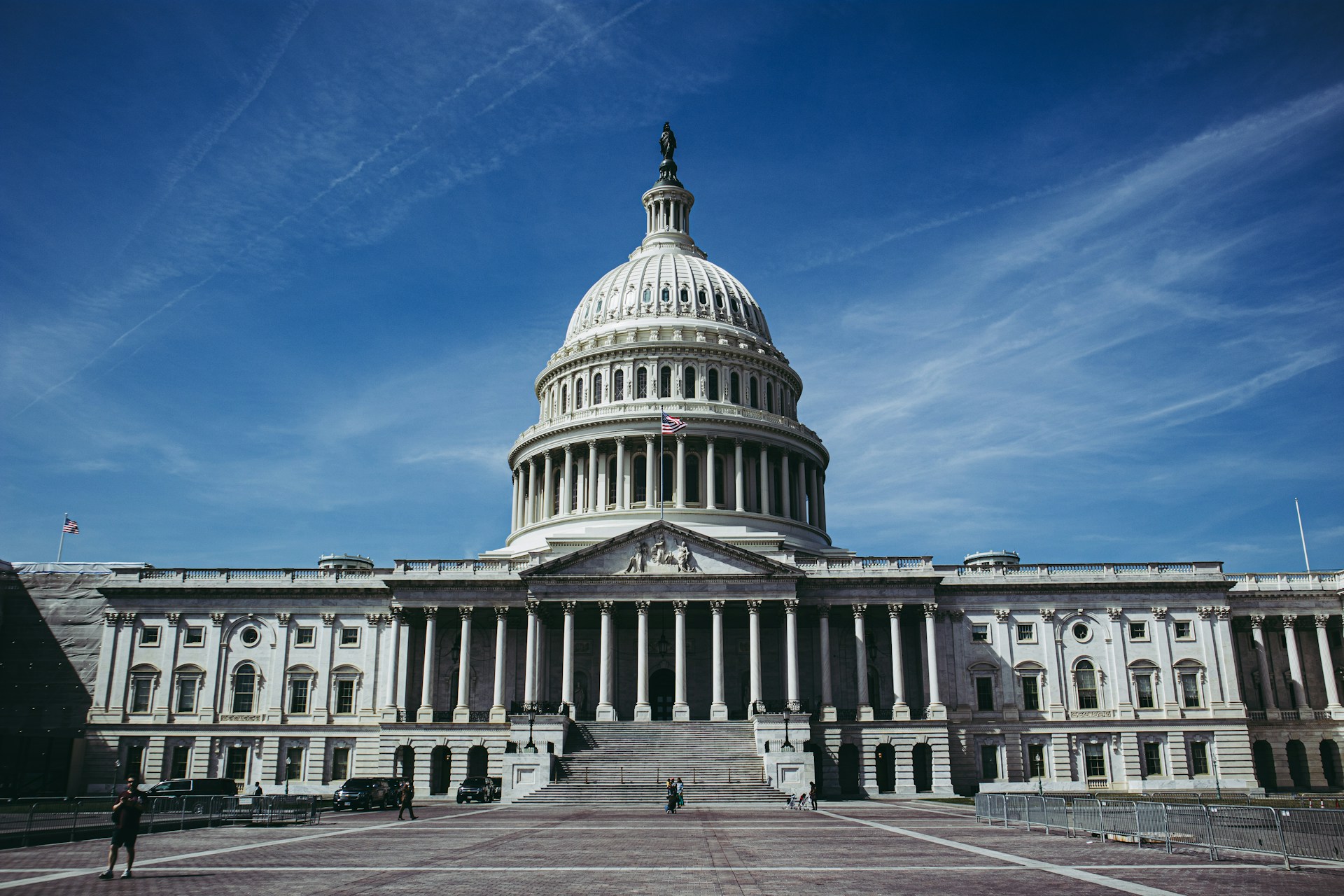President Trump wants to turn his 4th of July celebration into a showcase of American military might, a paean to patriotism and the Pentagon’s most advanced weaponry. But many of the fighter jets, helicopters and planes he intends to parade on and over the National Mall are also examples of some of the Pentagon’s worst procurement debacles.
The White House is using the occasion to debut its new helicopter, Marine One, when the president is on board. It is scheduled to land on the south lawn, a symbol of presidential power. But when he came into office, President Obama called the program an example of “the procurement process run amok” and defense officials killed it outright, after spending $3.2 billion without a single usable helicopter to show for it.
Faced with an aging fleet, the Pentagon is trying again. It awarded a new contract to Lockheed Martin’s subsidiary, Sikorski Aircraft Corp., which is building the new fleet of six presidential helicopters for $532 million. The program has a total estimated cost of $5 billion, reflecting a slight reduction from earlier estimates.
But there are signs of problems with that program as well. The Government Accountability Office reported in early April that officials in charge of the program had not yet found a way to prevent the helicopter from damaging its landing zone – in this case the White House South Lawn – something that had been an explicit program requirement. The helicopter has also experienced problems connecting its communication system to secure networks, the GAO reported. The Navy is working on fixes for both issues.
The July 4 “Salute to America” celebration is expected to divert nearly $2.5 million in entrance and recreation fees from the National Park Service, The Washington Post reportedTuesday, a cost the President described on Twitter as “very little compared to what it is worth.”
That pales in comparison to what it already costs the Pentagon to buy, operate and maintain the aircraft.
Aside from the presidential helicopter, the Independence Day celebration is to include an F-35 Joint Strike Fighter, The Post reported recently. The event will also include the Blue Angel jets that cost $10,000 per hour to operate.
The Associated Press reported that the flyover will also include Navy F-18 fighter jets, Marine V-22 Ospreys and a B-2 bomber. According to CNN and ABC News, it will also include Air Force F-22 Raptors – which cost well over $100 million each.
For some, the jets are symbols of unbridled and wasteful defense spending.
“If the president were trying to highlight some of the most over-budget systems in American military history, he could not have done any better by including the F-35, F-22, and to a slightly lesser extent the V-22,” said Dan Grazier, a fellow at Project on Government Oversight, a watchdog group.
Steve Ellis, vice president of the advocacy group Taxpayers for Common Sense, said the jets are “really just a flock of procurement fiascos that will be flying over Washington.” Ellis said the display will draw attention to cost overruns on the F-35 Joint Strike Fighter that have been raised as recently as last month.
Although the Pentagon has made progress in getting the F-35 unit cost below $90 million ahead of schedule, it is still the single most expensive program in U.S. military history, which the Pentagon has estimated at over $400 billion. An expected $34 billion contract for another 470 of the jets was announced in early June, a bulk order the Pentagon touted as a cost-saving measure. If the contract is awarded to Lockheed Martin, it will be the single largest procurement in the history of the Defense Department.
Just days after the announcement, a Defense Department watchdog drew attention to more cost overruns: In a June 13 report, the Defense Department Inspector General concluded the Pentagon had potentially overpaid Lockheed Martin by $10.6 million because the government had not adequately tracked aircraft availability hours.
The F-22 Raptor, another Lockheed Martin fighter jet, also blew past its initial cost projections. The Air Force originally planned to buy 648 of them at $133.6 million each. That number was lowered to 187 of the jets at an average cost of $350 million each. The program was cancelled in 2009 with a 58-to-40 vote in the Senate following a campaign by the Obama White House to defund it.
The V-22 Osprey, a Marine Corps aircraft that can take off and land vertically with the help of a rotor on each wing, often drew the ire of former Vice President Dick Cheney, who repeatedly tried to kill it while serving as defense secretary in the George H. W. Bush administration.
The plane was repeatedly criticized as too expensive and not reliable enough, a controversy stirred by a series of deadly crashes early in the aircraft’s development.
Like the F-22, the Osprey’s unit price increased and the Pentagon’s total planned quantity went down. Between 1986 and 2009 the aircraft’s estimated price had gone up from $37.7 million to over $93 million, according to a 2009 report from the Government Accountability Office. The price went up even though the total number of planned aircraft for the program dropped from almost 1,000 to fewer than 500.











Get Social